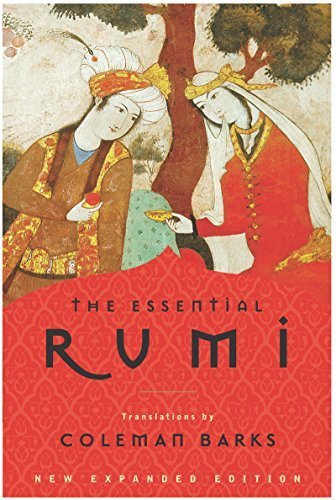There are hundreds of ways to write a memoir
My friend Charlene Jones asked me to share some thoughts on memoir as part of the Brain to Books Cyber Convention and Book Expo 2017 (B2Bcycon), coming up April 7 through 9.This essay is the result. Where would we be without the encouragement of friends?
There are hundreds of ways to write a memoir
By Laura McHale Holland
When I sat down to write today, 13th century poet and mystic Rumi came to mind. I’ve been a Rumi fan since I thumbed through Coleman Barks’ The Essential Rumi for the first time in the 1990s. Here’s one of Rumi’s most popular poems—and a favorite of mine:
Today, like every other day, we wake up empty
and frightened. Don’t open the door to the study
and begin reading. Take down a musical instrument.
Let the beauty we love be what we do.
There are hundreds of ways to kneel and kiss the ground.
The poem’s message applies to myriad aspects of life and types of people—including creative artists, which is what memoirists are. I view it, in part, as an antidote to a world in which so many of us are married to clearly defined ideas of what is good/bad, right/wrong/, correct/incorrect. It helps free me from notions that were pounded into me as a youngster and, I think, offers guidance for memoirists.
“There are hundreds of ways to kneel and kiss the ground.” I wish my kindergarten teacher had embodied that wisdom when she passed out a mimeographed picture of a bird, along with a set of stubby crayons, to each of her students. She told us to color the bird’s body dark blue, eyes black, legs brown, beak yellow. The sky was to be light blue, the clouds white, the grass dark green, not the mint green that tempted me.
My classmates and I set to work, most of us engrossed in the project. She walked around our tables, offering words of encouragement, nodding her approval or telling some to stay within the lines, others to not press so hard. All was serene till she grabbed Marcie, a girl whose effervescent personality had always captivated me, hauled her in front of the room, picture in tow, and said, “Everyone, pay attention! Look at this picture!”The teacher held it high for all to see. I looked up and saw the most beautiful bird set in a magical world. Marcie had colored her bird in shades of orange, turquoise and purple.
The grass was pink, the sky lavender, the clouds mint green. My project was beyond dull by comparison. I was sure the teacher was going to praise Marcie for being so imaginative. Alas, the teacher berated Marcie instead. She pointed to each part of the picture and called out, “Wrong color, wrong color, wrong, wrong. Don’t you know how to follow instructions?” Marcie, who had sniveled through this humiliation, burst into sobs, as our teacher ripped up the paper, handed her a new one and told her to start over. High-spirited Marcie ran, head down, to her seat.
Must we know how to follow instructions? Yes, of course. At times, our lives depend on it. We all need to follow the rules of the road, for example: stop at red lights, use turn signals when changing lanes, turn our lights on at night and all that. No one would get anywhere safely if we didn’t.
When it comes to writing, grammar and structure can be likened to rules of the road. Without them, we would have great difficulty conveying meaning to readers with any clarity. However, our lives do not depend on these rules. Indeed, surrealist poet and playwright Nanos Valaoritis, professor emeritus at San Francisco State University who was a beloved mentor of mine, used to encourage students to know what the rules are and then break them. Break them.
I bring this up now because the internet abounds with articles about what a memoir should and shouldn’t be, what elements a piece of writing should contain to pass muster. Things like truth, theme, first person point of view, reflection, voice, meaning, memory. This is good on the whole. We need to know what people consider the parameters of a given form to be. But as artists, when we pick up pen and paper or type at the keyboard, we benefit greatly if we put all those rules aside and let the words take their own shape and then nurture what is emerging without trying to make sure it’s the right color or stays within the form’s defined lines.
Sometimes someone comes along who turns a form on its head. You could be the next Ntozake Shange, whose choreopoem for colored girls who have considered suicide / when the rainbow is enuf masterfully combined dance and poetry and personal story to great acclaim; or Jennifer Lauck, whose stunning childhood memoir, Blackbird, contains zero adult reflection but is nevertheless imbued with meaning and insight.
If you celebrate the creative process as you write, there is the chance you will write something astounding and entirely new. You can get help with commas and structure and all that down the road. Just look for an editor who is more like Rumi and less like my kindergarten teacher, for there are hundreds of ways to write a memoir.
Photo of bird by F. Mira




